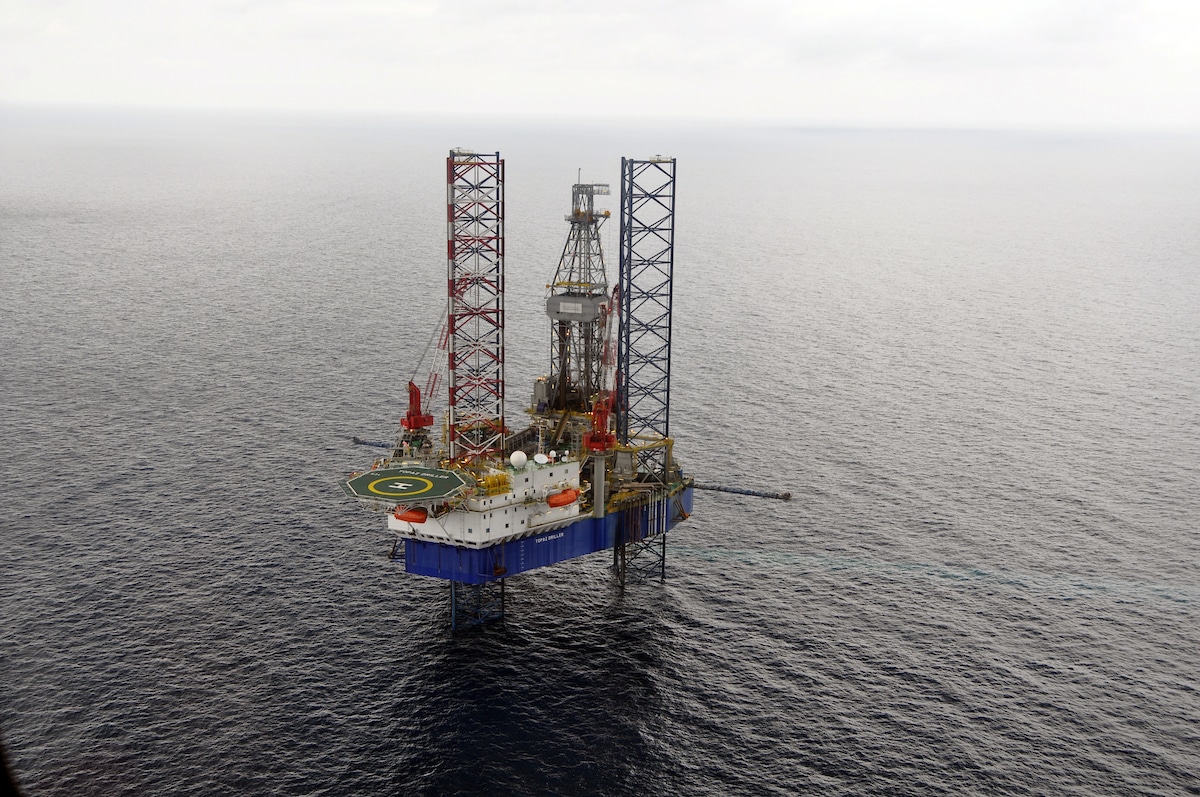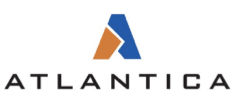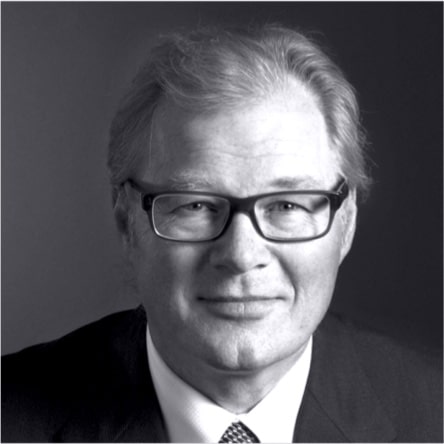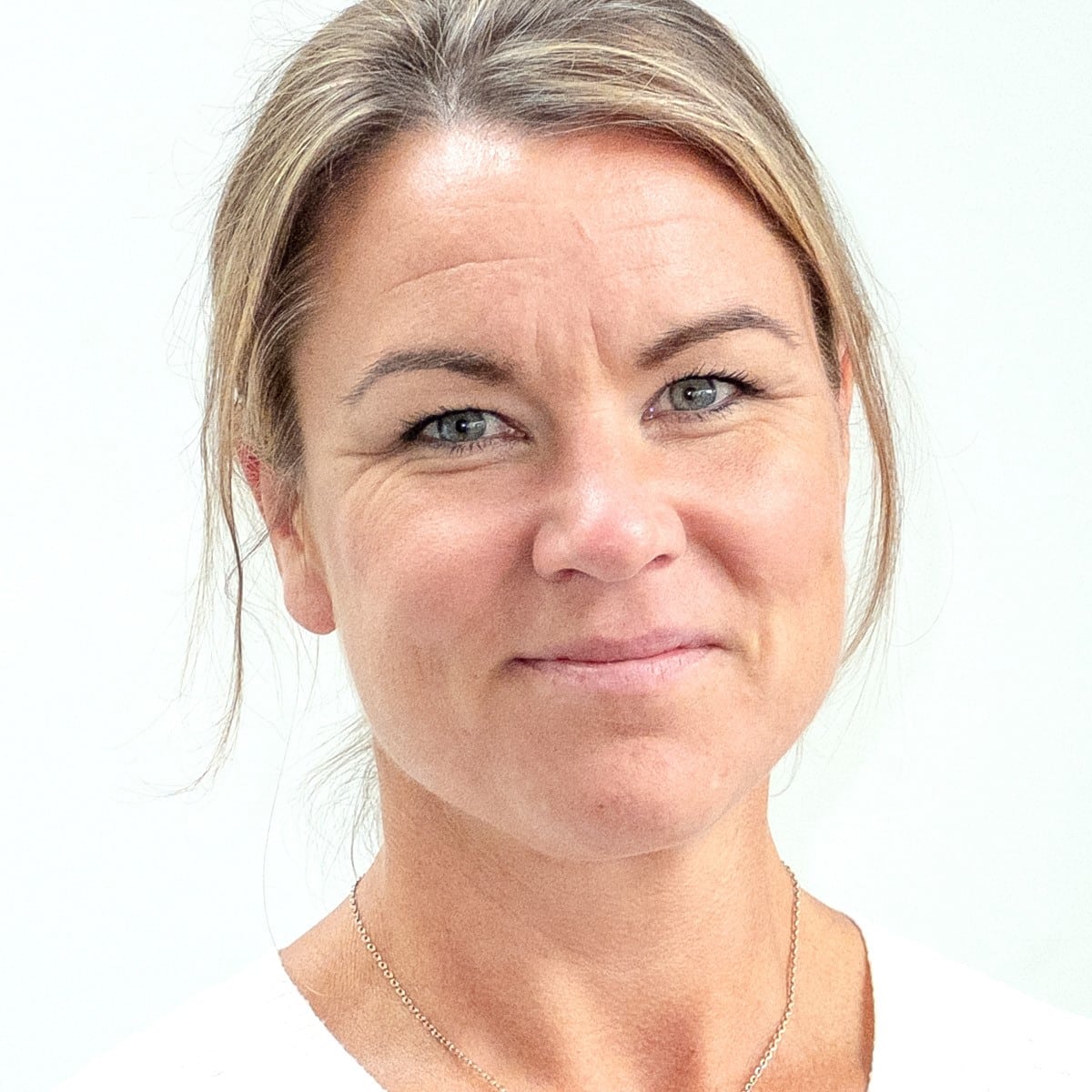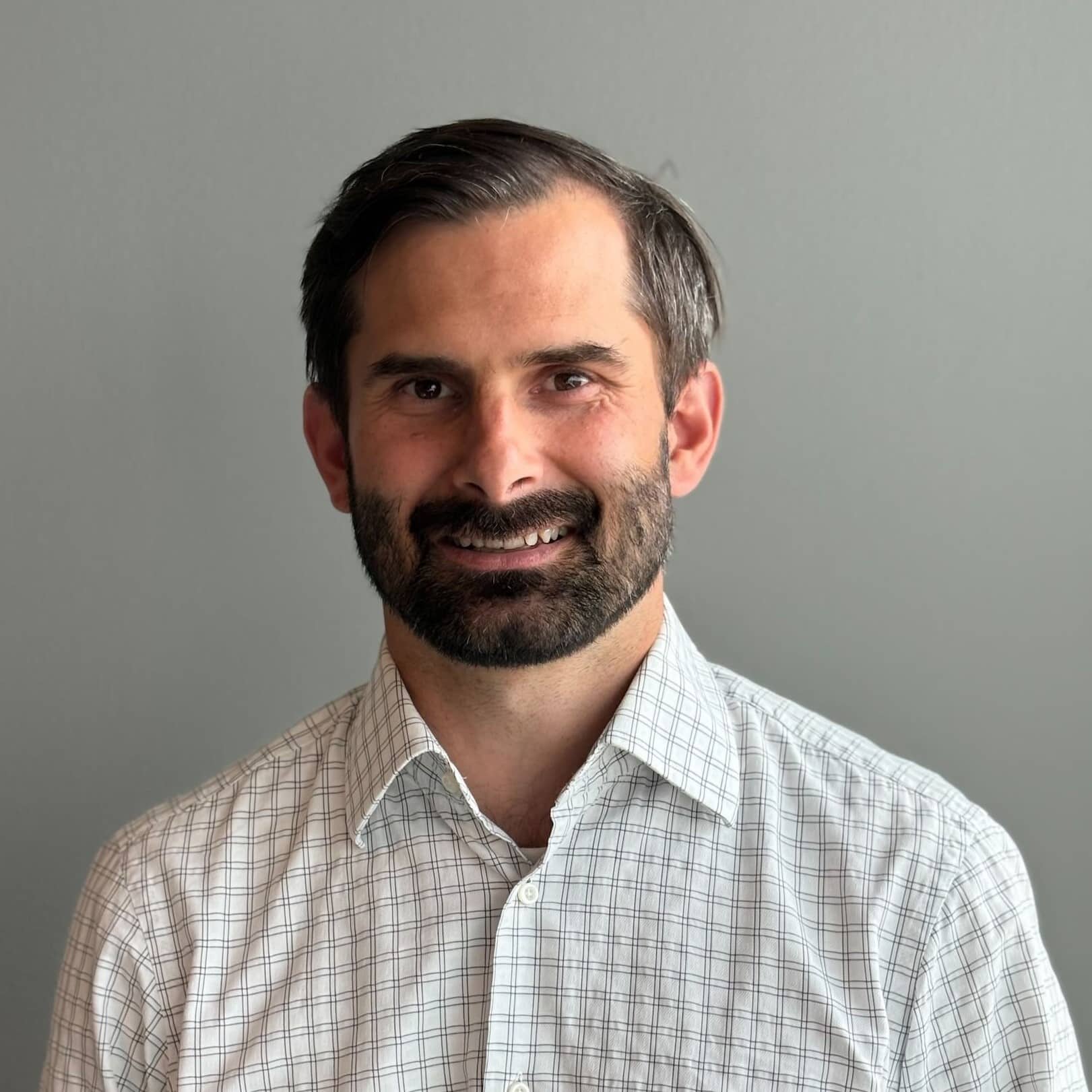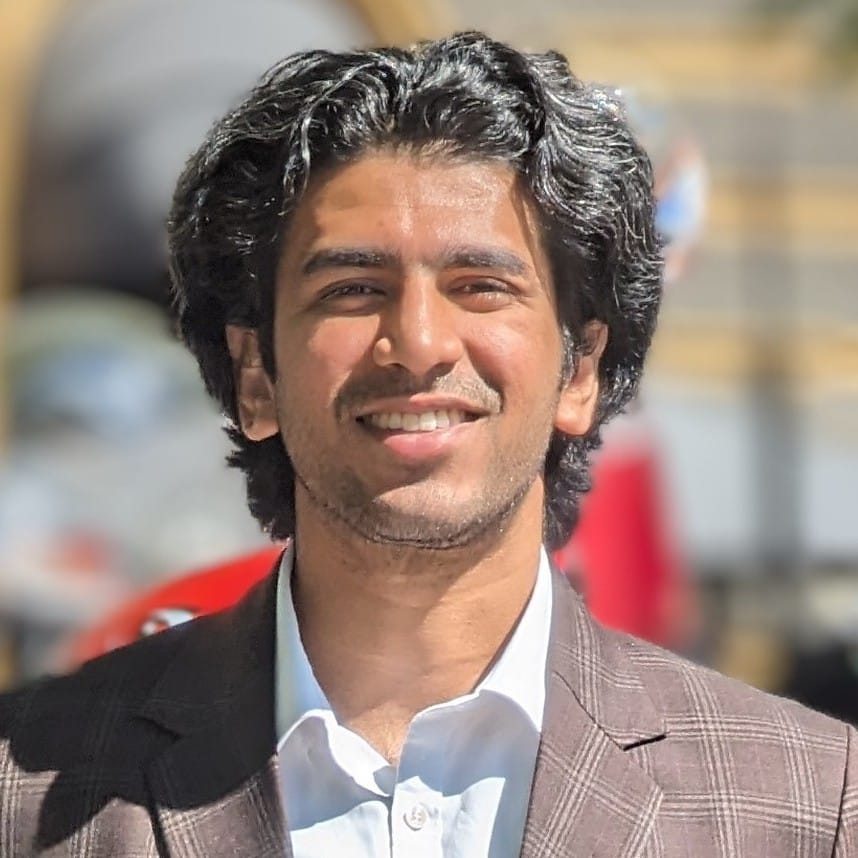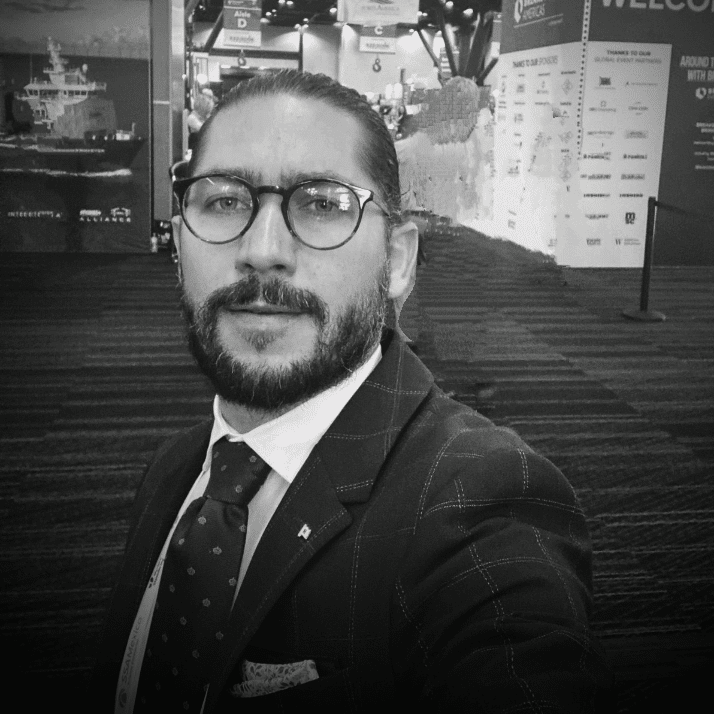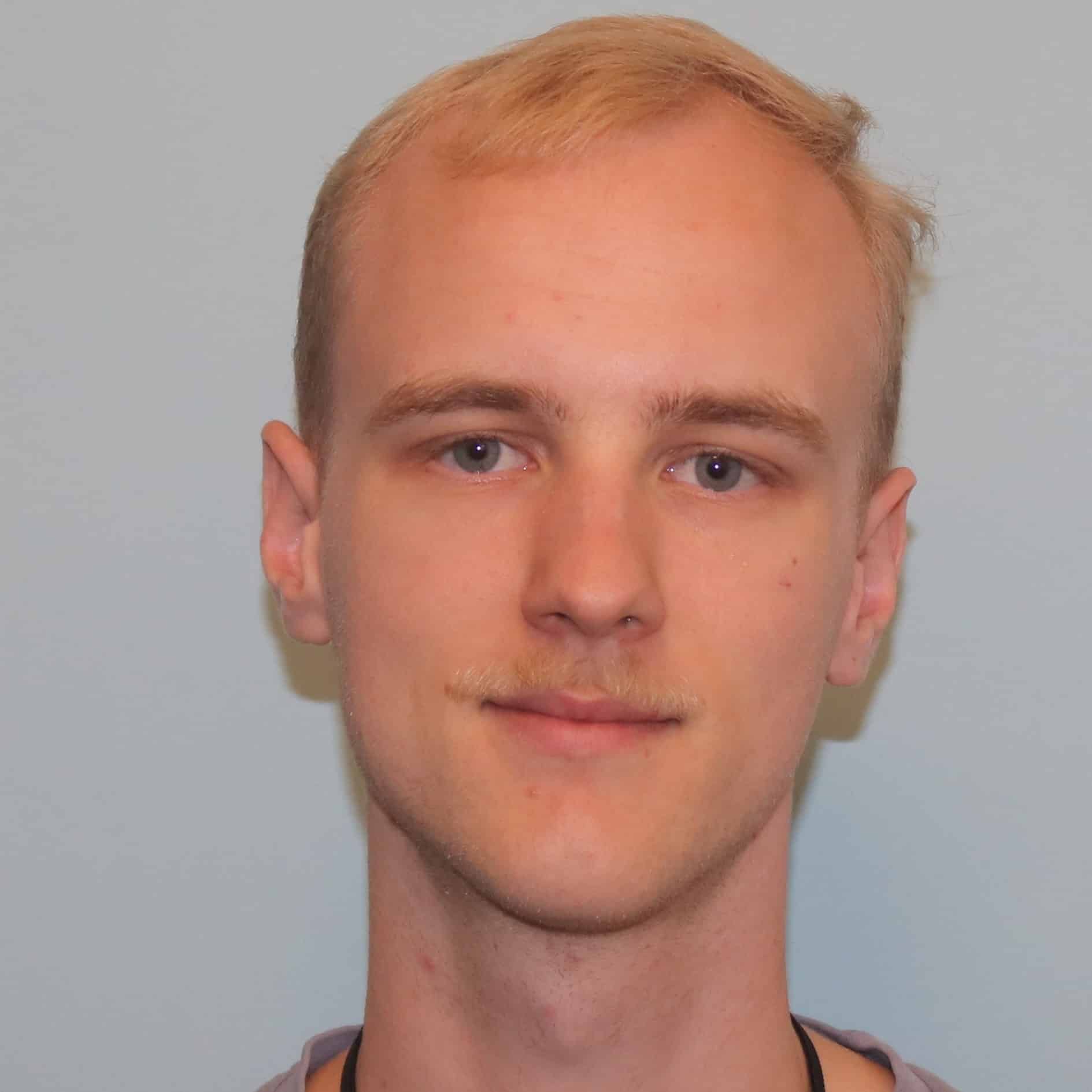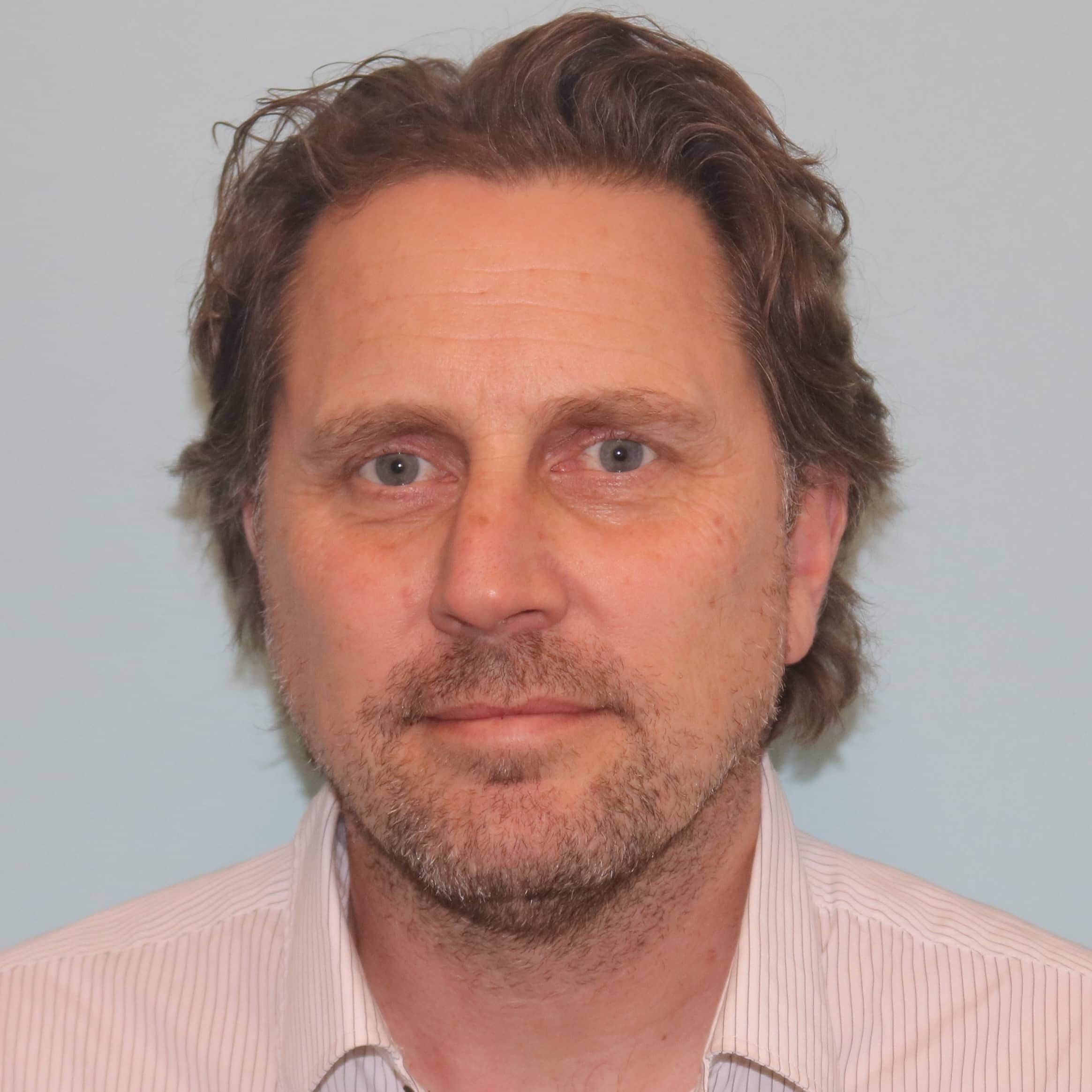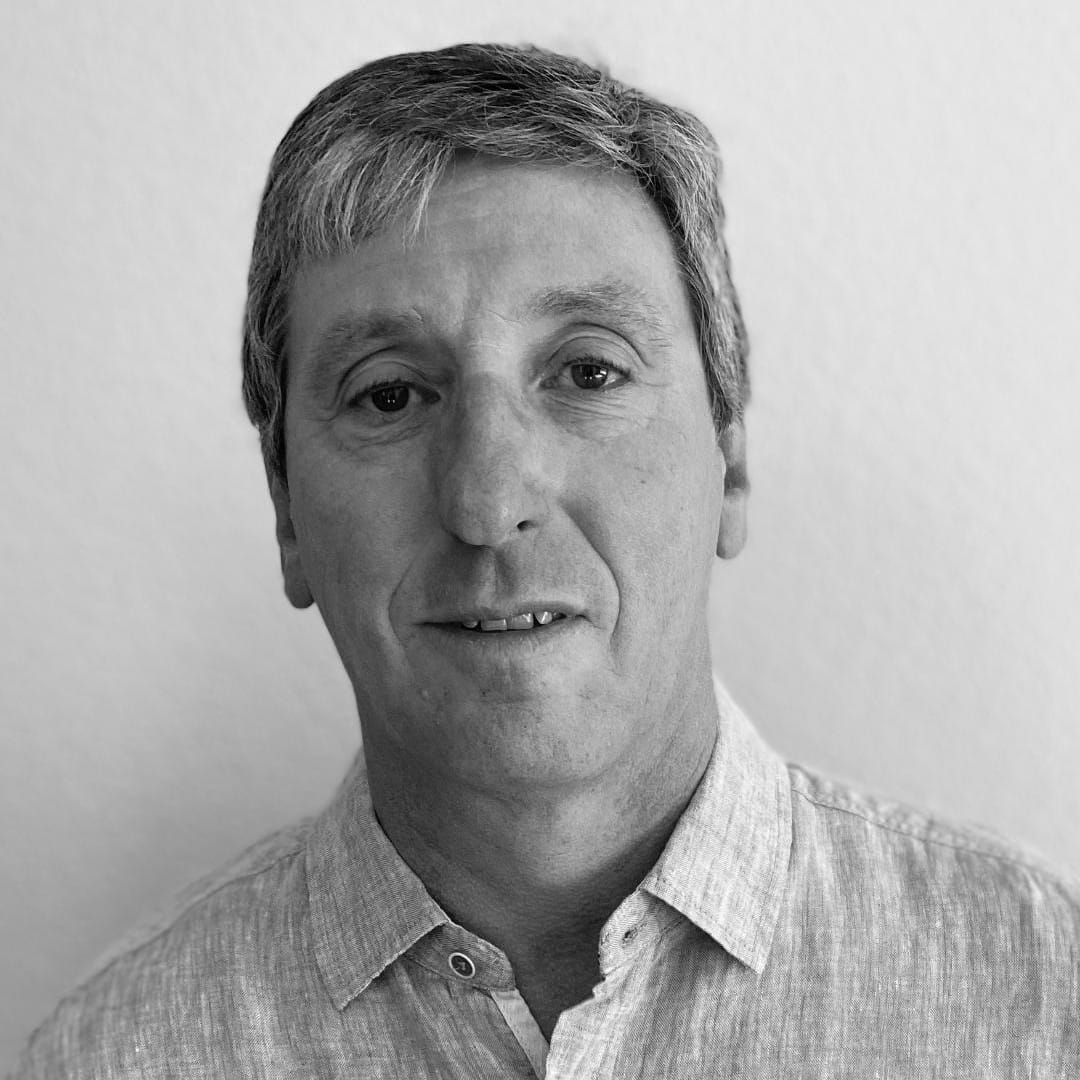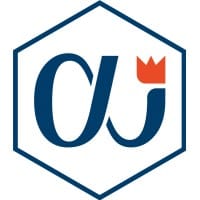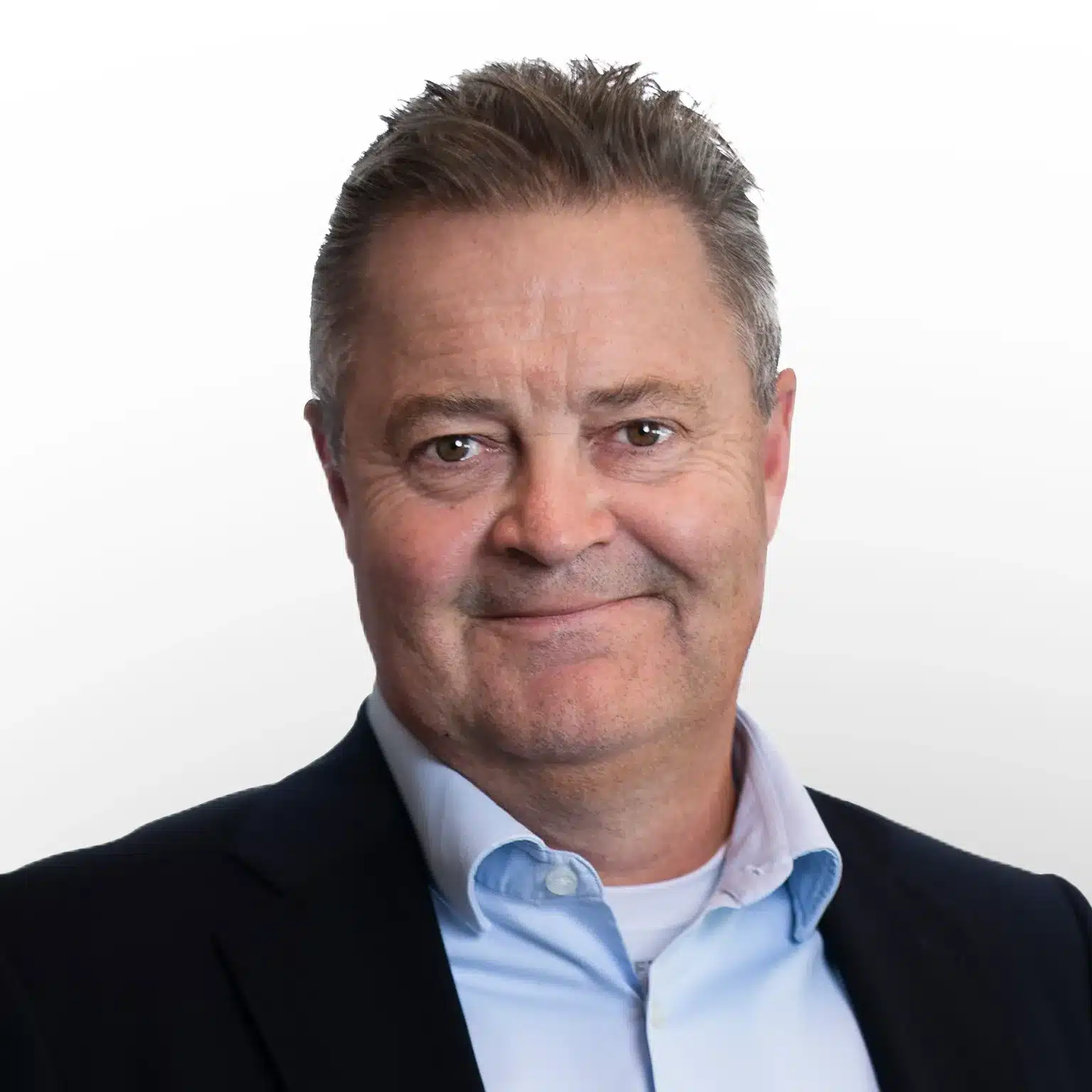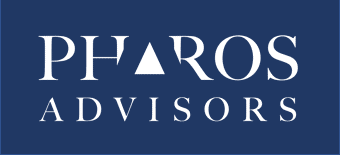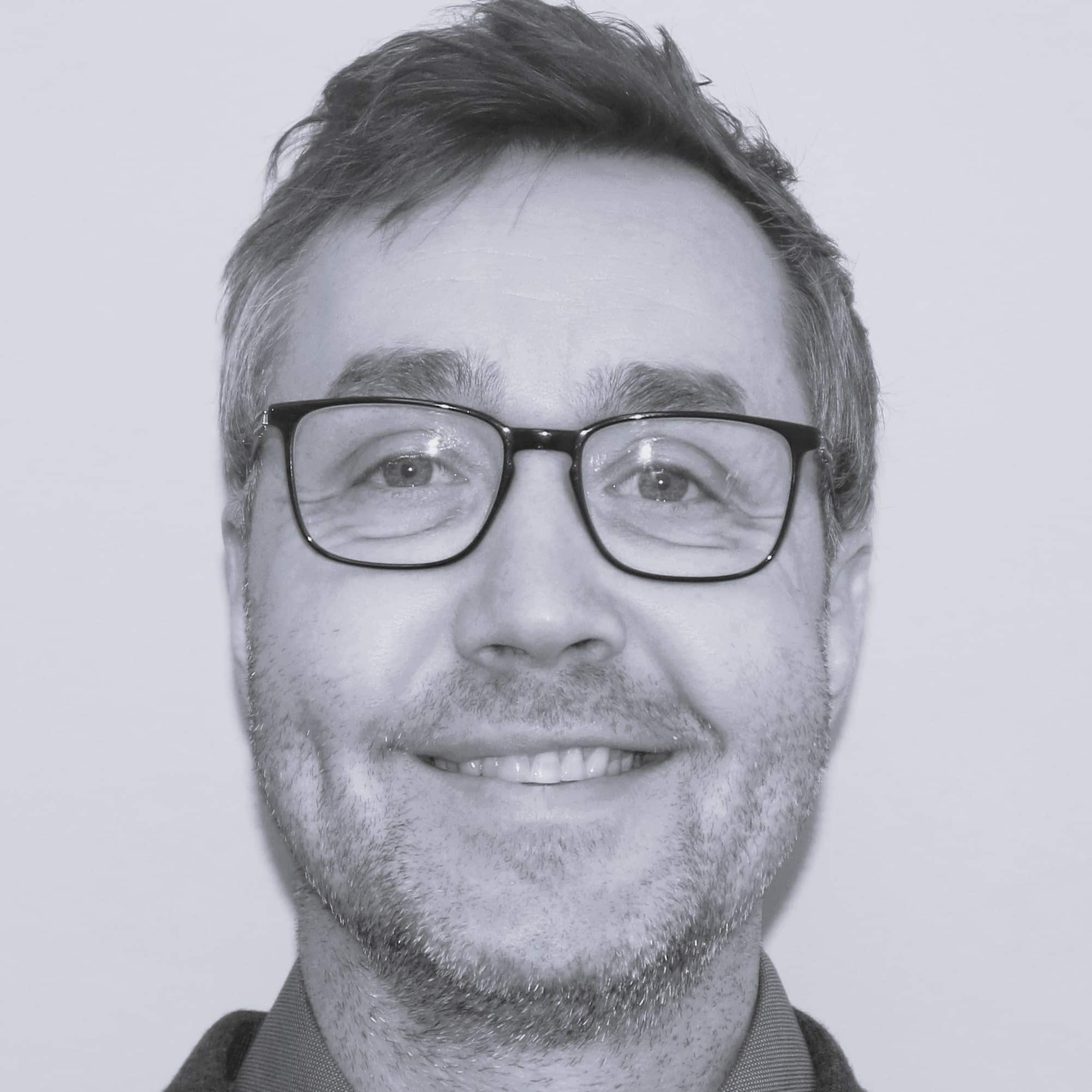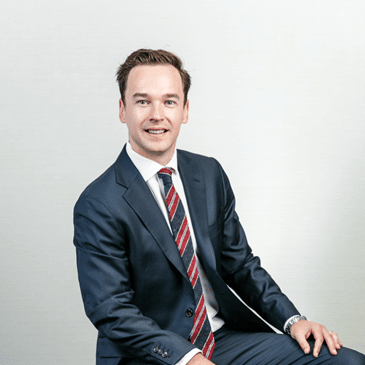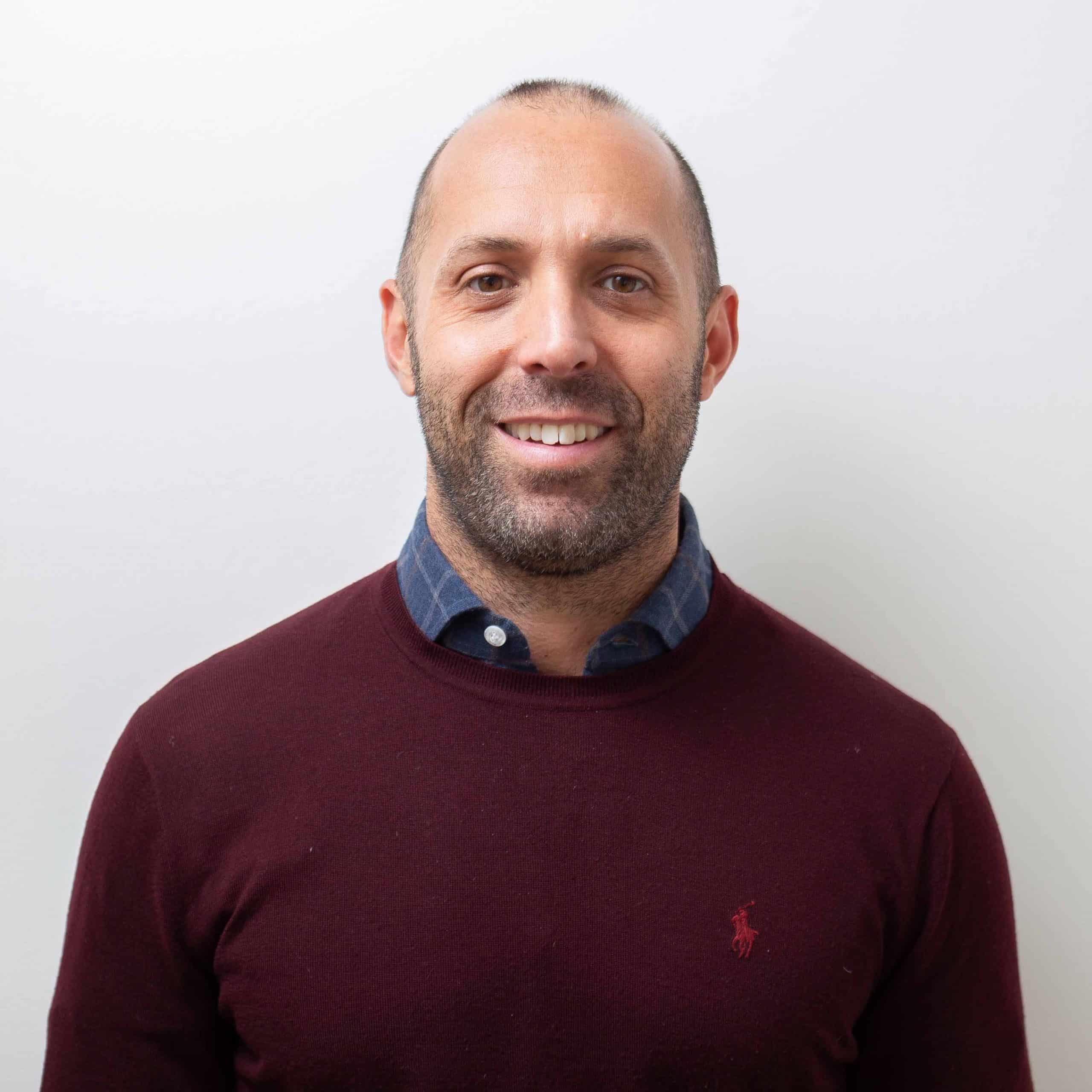This week, a couple of new contracts were confirmed in the floating rig segment, while two units were sold in the jackup segment. Meanwhile, as Hurricane Francine swept through the Gulf of Mexico, several drilling units moved off location out of the storm's path.
In case you missed it, you can access our previous Rig Market Roundup here.
Contracts
Transocean Ltd. has secured a 365-day contract for the 12,000-ft drillship Deepwater Atlas with bp in the US GOM. The backlog for the contract is valued at around $232 million, excluding a mobilisation fee and with no additional services provided under the contract. The programme is expected to commence in the second quarter of 2028 and has a 365-day option available. Deepwater Atlas is currently working for Beacon Offshore Energy in the US GOM. Beacon awarded the rig a four-well contract and a two-well contract earlier this year, potentially keeping the rig working into early 2027 depending on options exercised. Deepwater Atlas is a 12,000-ft, Jurong Espadon JE3T design drillship, delivered in 2022. The rig is outfitted with a 1,700-ton hoisting system, 20,000-psi well control system, and 10,000-psi mud system. Deepwater Atlas is one of only two drillships currently outfitted for 20,000 psi operations alongside sister rig, the 12,000-ft Deepwater Titan. Stena Drilling 12,000-ft drillship Stena Evolution is planned to be upgraded for 20K operations in 2026. In late July 2024, bp sanctioned the Kaskida development in the Keathley Canyon area of the US GOM, noting that the project would require well equipment with a pressure rating of up to 20,000 psi.
Norwegian operator Aker BP has extended the contract for Saipem’s 10,000-ft semisub Scarabeo 8 in Norway. Saipem said on Friday that the contract has been extended until the end of 2026, ensuring the continuity of ongoing operations. The three-year firm contract with Aker BP, which was fixed in early 2022 and started in early 2023, included two one-year options. The rig is currently at the Ærfugl location in the Norwegian Sea. Aker BP has recently secured consents to use the rig for exploration drilling in block 6507/5, targeting Ærfugl/Tilje, in block 6506/6, targeting Praktærfugl prospect, and again in block 6507/5, targeting the E-prospect. The rig’s special periodic survey (SPS) is due by late April 2027.
Drilling Activity and Discoveries
Equinor has found hydrocarbons at the Sitka C-02 exploration well in the Flemish Pass area offshore Newfoundland & Labrador, Canada, but stated that Sitka is currently classified as a technical discovery and is not commercially viable. Sitka C-02 was drilled in 2,788 ft (850 m) of water on licence EL 1156 by Odfjell Drilling managed 10,000-ft semisubmersible Hercules. The rig will now move to drill the Cappahayden South well in around 2,953 ft (900 m) of water offshore Newfoundland & Labrador. Hercules is owned by SFL Corporation. Equinor Canada Country Manager Tore Løseth called the Flemish Pass “a complex area” and stated that the Sitka and Cappahayden South wells are not part of the business case for Equinor’s Bay du Nord project in the area. Equinor delayed the Bay du Nord project by up to three years in 2023. Løseth said that “each well drilled in proximity to Bay du Nord provides invaluable data. This data enhances our understanding of the resource potential and helps us optimize the development.”
The Norwegian Ocean Industry Authority (Havtil) has given DNO Norge consent for exploration drilling in block 35/10 in the North Sea. The consent relates to the drilling of the exploration well 35/10-15 S, targeting the Kjøttkake prospect (formerly Lotus). The well is located in production licence 1182 S where DNO Norge is the operator with Aker BP, Japex Norge, and Concedo participating as partners. The water depth at the site is 356 meters. The well will be drilled with the Odfjell Drilling-managed 3,900-ft semisub Deepsea Yantai. The rig also drilled the Norma well for DNO in 2H2023, making a gas condensate discovery. The semisub is currently operating for Shell on a P&A campaign offshore Norway. After that, it is scheduled to work on the Tomcat well for PGNiG, which will be followed by the Kjøttkake well.
LLOG has started drilling the Who Dat South exploration well in the US Gulf of Mexico, using Seadrill’s 12,000-ft drillship West Neptune. The Who Dat South exploration well, MC 545-1 (LLOG), located 11 kilometres west of the Who Dat FPS, was spudded on 5 September 2024 (CDT). The well is located in a water depth of approximately 780 metres (2559 feet). It will test two amplitude-supported Miocene turbidite reservoir prospects, with the shallower target analogous to productive zones within the Who Dat fields. The well will be drilled as a deviated hole with a total measured depth of approximately 7,500 metres (approximately 24,606 feet). It is expected to take 50 – 60 days to drill and evaluate. Independent expert, Netherland Sewell and Associates, Inc, has previously estimated that the Who Dat South prospect contains 31 MMboe of gross unrisked Prospective 2U Resources. The geological probability of success is assessed at 52%. The Who Dat South well is located within tie-back distance to both the Who Dat G subsea manifold (6 kilometres) and the Who Dat FPS (11 kilometres).
Equinor and its partners have proven gas/condensate in development well 6406/2-L-2 H, located 260 kilometers southwest of Brønnøysund, Norway. The well was drilled in connection with the Lavrans discovery, which is currently undergoing development. The 10,000-ft semisub Transocean Spitsbergen drilled the well in production licence 199 in the Haltenbanken Vest Unit in the Norwegian Sea. Equinor is the operator of the licence with Petoro, Vår Energi, and TotalEnergies Norge as partners. Preliminary estimates place the size of the discovery in the range of 2-4 million standard cubic meters (Sm3) of recoverable oil equivalent (o.e.). The licensees will consider tying the discovery back to infrastructure being developed for Lavrans – which is a part of the Kristin field. The ell 6406/2-L-2 H encountered a gas/condensate column of about 30 meters in the lower parts of the Tilje Formation, with moderate to good reservoir properties. Gas/condensate was also proven in the upper parts of the Tilje Formation in a sandstone reservoir with moderate to poor reservoir properties. The well was not formation-tested. The well was drilled to respective measured and vertical depths of 6075 and 5045 metres below sea level, and was terminated in the Åre Formation in the Lower Jurassic. It has been permanently plugged, and the Transocean Spitsbergen will now continue drilling production well 6406/2-L-2 AY1H in the same location.
CNOOC Ltd. has made a natural gas discovery at the Liwan 4-1 structure in the Pearl Mouth River Basin offshore China. CNOOC stated that the well was tested to produce 430,000 cubic meters per day of natural gas. CNOOC stated that the well marked the first major exploration breakthrough in ultra-deepwater carbonate rocks offshore China and revealed prospects in the ultra-deepwater Globigerinid limestone. The well is located in the Baiyun Sag, an area of the Pearl River Mouth Basin. It was completed to a depth of close to 14,436 ft (4,400 m) in around 5,381 ft (1,640 m) of water. The discovery is close to existing production facilities at the Liwan 3-1 gas field, which could be used to develop the new discovery.
As Tropical Storm Francine moves through the US GOM, the Bureau of Safety and Environmental Enforcement (BSEE) reported that personnel have been evacuated from two non-dynamically positioned rigs, while three dynamical positioned rigs have moved off location out of the storm’s path as a precaution. The BSEE estimated that around 23.55% of oil and 25.56% of natural gas production in the US GOM has been shut-in and personnel have been evacuated from 130 production platforms as offshore operators prepare for the storm on 10 September 2024. Tropical Storm Francine is predicted to intensify into a hurricane before making landfall in Louisiana on 11 September 2024. Heavy rainfall is expected to affect the upper Texas, Louisiana and Mississippi coastlines, with a danger of storm surges along coastal areas and hurricane force winds in southern Louisiana, according to the National Hurricane Center.
Drilling at the Energean-operated Anchois-3 well offshore Morocco is continuing, but reservoirs in the pilot hole were found to be water bearing. Anchois-3 is a multi-objective well with distinct operational phases. Drilling at Anchois-3 began in late August 2024 with Stena Drilling 10,000-ft drillship Stena Forth first drilling an initial pilot hole to evaluate the potential of the Anchois Footwall prospect, located in an undrilled fault block to the east of the main field. Partner Chariot Limited stated that reservoirs in the prospect were found to be water bearing and the hole has been plugged and abandoned prior to the rig sidetracking and drilling the main hole. Drilling at the main hole (Anchois-3ST) is now underway. Chariot stated that preliminary interpretation indicates the presence of gas bearing reservoirs in the B sands. Further work will be needed to understand the impact of these results. Drilling operations are continuing to evaluate deeper appraisal and exploration objectives. The Anchois gas project is located in the Lixus Offshore licence offshore Morocco. Energean is the operator with a 45% interest following a farm-in agreement. Chariot has a 30% interest and ONHYM has a 25% interest.
As Hurricane Francine continues to move through the US GOM, personnel have been evacuated from three non-dynamically positioned rigs while four dynamically positioned rigs have moved off location out of the storm’s path, according to US agency the Bureau of Safety and Environmental Enforcement (BSEE). As of early afternoon on 11 September 2024, storm conditions had reached the Louisiana coast, with a hurricane warning in effect from Vermilion/Cameron Line eastward to Grand Isle. From operator reports, the BSEE estimates that around 38.56% of the current oil production and 48.77% of the current natural gas production in the Gulf of Mexico has been shut-in. Personnel have also been evacuated from 171 production platforms. Operator LLOG confirmed that it had shut in all wells and evacuated the platform at its Who Dat assets as a precautionary measure. Drilling at Who Dat South with Seadrill’s 12,000-ft drillship West Neptune was also suspended.
The Norwegian Ocean Industry Authority (Havtil) has given Equinor consent to use the 1,640-ft semisub Transocean Enabler for production drilling and completion of two wells located in the Barents Sea off Norway. The semisub has been working in Norway since its delivery in 2016. The rig’s current firm term with Equinor is scheduled to end in December 2025, with further priced options thereafter. The consent is related to drilling wells 7120/7-K-4H and 7120/7-K-3H on the Snøhvit field in the central part of the Hammerfest Basin in the southern part of the Barents Sea. The water depth in the area is 310-340 metres. Snøhvit was discovered in 1984, and the plan for development and operation (PDO) was approved in 2002. The development includes several subsea templates. Two well slots are used for CO2 injection. Production started in 2007.
Dolphin Drilling’s 1,969-ft semisub Paul B. Loyd, Jr. has completed operations at Harbour Energy’s North West Seymour development well and moved on to drill the Gilderoy well in the UK North Sea. The NW Seymour field is in Block 22/05 in the Central North Sea approximately 222 km east of the Scottish coastline and approximately 2 km west of the UK/Norwegian median line in a water depth of approximately 89m. It is situated in the Armada, Everest, Lomond and Erskine (AELE) area. After being spudded in June, the development well was drilled as a sidetrack from the existing 22/05b-15w well. Harbour said in its 1H 2024 report in early August that the production start-up is expected towards the end of the third quarter. This, together with plant modifications, has the potential to extend Armada’s field life beyond 2030. Following the completion of this well, the rig has moved to the Gilderoy 15/28b well, located in the Greater Britannia Area (GBA), where it will begin exploration works as part of Harbour’s infrastructure-led exploration efforts. The well is in an offshore oil and gas licenced area, approximately 144 km northeast of the Aberdeen coastline in Scotland and 72 km southwest of the UK/Norway median line, in an area where the water depth is approximately 147m. The rig is under a long-term contract with Harbour Energy in the UK into early 2028, with further options thereafter.
Demand
In relation to the results of the UK’s 33rd Licencing Round Applications, Hartshead Resources has received from the North Sea transition Authority (NSTA) letters of offer and licence documentation covering 6 new oil and gas licences, which cover 10 offshore blocks. Three of these licences have now been fully executed and formally awarded to Hartshead. These licenses all contain discovered hydrocarbons and present a range of re-development, development and appraisal opportunities. Licences awarded include P2669, P2670, and P2678. Licences awaiting execution by the NSTA include P2676, P2679, and P2682. Chris Lewis, Hartshead CEO, commented: “Hartshead is now a significant acreage holder in the Southern North Sea and additionally has a single licence and acreage in a new area of interest, the East Irish Sea. The number and variety of high quality resource opportunities now present in our portfolio is both exciting and encouraging.”
Sunda Energy stated on Monday that negotiations to secure the use of a drilling rig for the Chuditch-2 appraisal well offshore Timor-Leste were ongoing and progressing well. According to Sunda Energy, regulatory approvals for the procurement, temporary importation and permitting of the drilling rig and all other required equipment and services were underway, along with the environmental permitting process. In its H1 2024 report, Sunda (ex-Baron Oil) said that its in-house drill team had conducted extensive design studies for the Chuditch-2 well construction and planned production flow test (DST). The well site is located 5.1 km (3.1 mi) from the original Chuditch-1 discovery well, in a water depth of 68 m (223 ft), and 286 m east-northeast of the initial location. A jackup rig is planned to be used to drill the well. Sunda did not share information on the expected spud date. Back in August, the company said that it expected, subject to financing being in place, to drill the Chuditch-2 appraisal well in early 2025. According to the company, funding discussions with Pacific LNG and the other parties are ongoing, but there can be no guarantee that a definitive funding agreement will be entered into with any party, nor can there be any guarantee on the terms, structure or timing of any potential investment.
Parkmead plans to drill an exploration well targeting the Skerryvore prospect in the UK North Sea before the fourth quarter of 2025. The Skerryvore prospect is located in licence P2400 in the Central North Sea, 60 km south of the Erskine field. Current equity holders are Parkmead 50% (operator), CalEnergy 30%, and Serica 20%. The commitment work programme includes drilling an exploration well on the Skerryvore prospect currently scheduled to be by the end of September 2025. This was previously expected in Q4 2024 and then in early 2025.
Mobilisation/Rig Moves
Noble’s 350-ft jackup Noble Resolve has completed its contract with Ineos in the Danish North Sea. The rig had been working for Ineos for nearly two years. After completing the contract, the unit demobilised from the site and arrived in Esbjerg, Denmark on Monday 9 September 2024, where it will undergo its special periodic survey (SPS) and prepare for the next contract in Poland. The one-well contract is expected to begin in October 2024 for the duration of 45 days at a dayrate of $140,000. After that, the rig is scheduled to move to Spain in Q2 2025 for a 13-well campaign. The contract is for 170 days with a value of approximately $40 million, including mobilisation and demobilisation of the unit. Both of these contracts are Noble’s first in their respective countries. As a result, Noble’s rig count in the North Sea region will decrease from 10 to 9 units.
The 350-ft jackup Valaris 148 has moved to Abu Dhabi Free Port in the UAE. The rig left Ras Tanura on 6 September and arrived in Abu Dhabi on Tuesday, 10 September, and is understood to be located next to Ocean Oilfield’s 150-ft jackup Dhabi II jackup rig. The move to the UAE follows the recent suspension of the Valaris 148’s contract by Saudi Aramco in Saudi Arabia. The Valaris 148 is one of five jackups to be suspended as part of the second round of Saudi Aramco jackup suspensions this year announced in July, following suspensions of 22 rigs announced earlier in 2024. Another Valaris rig, the 350-ft Valaris 147, started its suspension last week. This rig is still in Saudi Arabia. The two rigs are managed by ARO Drilling, a joint venture between Valaris and Saudi Aramco. During the first round, the 350-ft Valaris 143, then managed by ARO Drilling, was suspended. The suspensions are understood to be related to a directive issued by Saudi Arabia’s Ministry of Energy in January 2024, aiming to maintain Saudi Arabia’s maximum sustainable capacity at 12 million barrels per day, rather than progressing towards the previous target of 13 million barrels per day.
Seadrill’s 10,000-ft drillship West Capella has completed its contract in Indonesia. The drillship departed from a Mubadala well site earlier this week, where it drilled the Layaran appraisal well, and is now en route to Singapore. The drillship left a Mubadala well site earlier this week where it drilled the Layaran appraisal well and is now en route to Singapore. During its time in Indonesia, the drillship was utilised by both Mubadala and Harbour Energy, and was involved in unearthing large offshore gas discoveries such as the Layaran-1 and Tangkulo-1. Later this year, the rig will start a high-dayrate contract in South Korea.
COSL’s 375-ft jackup COSLSeeker has departed Saudi Arabia following the recent suspension of its contract. The Baker Marine Pacific Class 375 jackup was loaded onto the heavy-lift vessel Zhen Hua 33 in the first week of September, and the vessel set sail on 8 September 2024. According to AIS data, the Zhen Hua 33 vessel is en route to Singapore, where it is expected to arrive on 25 September 2024. As previously reported, the COSLSeeker was one of several jackup rigs whose Saudi Aramco contracts were suspended earlier this year following a directive from Saudi Arabia’s Ministry of Energy regarding production targets. COSL said in April it had received a notice of suspension for four jackups and would proactively seek suitable market opportunities for them. COSL recently confirmed that it has secured a new three-year contract for the COSLSeeker in Southeast Asia, reportedly with Thailand’s PTTEP. The contract is expected to start between 15 December 2024 and 15 January 2025. Additionally, the 400-ft jackup Zhenhai 6, another of the four COSL rigs suspended by Saudi Aramco, recently arrived in China from Saudi Arabia to begin a contract with China’s CNOOC. The other two suspended rigs are the 300-ft Hai Yang Shi You 936 and the 375-ft SinoOcean Wisdom.
Rig Sales
Vantage Drilling has agreed to sell its 375-ft jackup rigs Soehanah and Topaz Driller to ADES International Holding for $190 million. As part of the deal, Vantage will manage both Baker Marine Pacific Class 375-design rigs under a three-year management agreement post-sale. The sale is subject to customary closing conditions. The Soehanah, sold for $85 million, is currently contracted to Medco Energy in Indonesia, with the contract running until November 2025. The Topaz Driller, sold for $105 million, arrived in Singapore in May for upgrades ahead of its two-year contract with CPOC in the Malaysia-Thailand Joint Development Area in the Gulf of Thailand. Last month, Vantage held a pre-mobilisation ceremony for the Topaz Driller in Singapore, signaling the approaching end of its yard stay ahead of its CPOC which is set to begin soon. “The acquisition aligns with ADES’ strategy to consolidate its market position in regions with strong demand for its fleet of highly marketable offshore assets. Despite the recent wave of jackup suspensions in [Saudi Arabia] and consequent uptick in supply, the offshore market continues to experience tightness with high utilisation and elevated daily rates. “This reflects the growing demand for offshore jackup drilling in undersupplied markets like [Southeast Asia], which along with new build activity reaching historical lows makes these premium assets acquired by ADES particularly valuable. The Group will maximise the synergies from these two new units, creating a regional hub in SEA and India that aligns with the company’s long-term growth strategy,” ADES said in a statement on Monday. Esgian Rig Values estimated the value of the 2009-built Topaz Driller at between $83 million and $95 million, and the 2007-built Soehanah at between $72 million and $83 million.
Other News
Seoul-based SK Earthon, SK Innovation’s oil and gas exploration and production subsidiary, has signed a Production Sharing Contract (PSC) for the Ketapu Cluster, located off the coast of Sarawak, offshore Malaysia. SK Earthon will hold 85% stake in the PSC, including operatorship, while the remaining 15% will be held by Petroleum Sarawak Exploration and Production Sdn Bhd (PSEP), a subsidiary of PETROS, the state-owned company of Sarawak, Malaysia. The Ketapu Cluster comprises four discovered resource opportunities that have identified oil and gas discoveries but have not been developed yet. It is located within the SK427 block area, for which SK Earthon acquired operation rights in April 2022. Petronas, through Malaysia Petroleum Management (MPM) has granted SK Earthon, a four-year development period and a 20-year production period. SK Earthon said it planned to conduct the development feasibility study by 2025. “Potential synergies between the SK427 block and the Ketapu Cluster are also expected. SK Earthon plans to explore development opportunities by leveraging the connection between these blocks,” the company said.
The joint venture partners for Block 11B/12B offshore South Africa have obtained an extension to the deadline for the submission of an environmental impact assessment report to 19 May 2025. However, multiple partners have previously announced their withdrawal from the block. In July 2024, CNR International announced its intention to withdraw from its 20% interest, followed by withdrawal announcements from TotalEnergies and QatarEnergy for their 45% and 25% interests. Africa Energy Corp., which currently holds a 10% interest in Block 11B/12B via an investment in Main Street 1549 Pty Ltd., does not intend to withdraw. Africa Energy Corp. stated that it is currently assessing the best way forward in respect to the environmental application process. The approval of a production right application for the block will not occur until the joint venture receives environmental authorization. The withdrawal of the joint venture partners from Block 11B/12B is subject to all relevant regulatory approvals by South African authorities. Subject to all relevant regulatory approvals, Main Street 1549 Pty Ltd. expects to hold 100% interest in Block 11B/12B.
The Norwegian authorities have received applications from 21 companies in the Awards in predefined areas (APA) 2024 licencing round. The APA 2024 round was announced 8 May 2024 and the deadline for applications was 3 September. The Norwegian Offshore Directorate (NOD) noted that most of the companies that are active on the NCS have submitted applications in this year’s APA round, and that the applications confirm considerable interest in exploration near existing fields and infrastructure. The NOD is now working to evaluate the applications, with emphasis on geological comprehension and plans for exploration of the areas. When production licences are awarded, emphasis is also placed on the companies’ technical expertise and experience, as well as financial strength. The companies that applied include: A/S Norske Shell, Aker BP, Concedo, ConocoPhillips Skandinavia, DNO Norge, Equinor, INPEX Idemitsu Norge, Lime Petroleum, M Vest Energy, OKEA, OMV (Norge), Pandion Energy, Petrolia NOCO, PGNiG Upstream Norway, Repsol Norge, Source Energy, Sval Energi, TotalEnergies EP Norge, Vår Energi, Wellesley Petroleum, and Wintershall Dea Norge. The authorities aim to award new production licences in the announced areas in early 2025. As part of Norway’s previous round, APA 2023, the government in January 2024 offered ownership interests in a total of 62 production licences to 24 companies.
Bangladesh Oil, Gas & Mineral Corporation (Petrobangla) has extended its Notice Inviting Bids for Oil and Natural Gas Exploration Under Bangladesh Offshore Bidding Round by three months, to 9 December 2024. Bangladesh Offshore Bidding Round 2024 was launched in March 2024, with submissions initially to be submitted no later than 1:00 PM BST on 9 September 2024. Petrobangla is offering 9 shallow water blocks and 15 deepwater blocks in this round. Petrobangla is owned by the government of Bangladesh.
Chevron and its joint venture partner Nigerian state oil company NNPC Ltd have converted five of their joint venture assets from five Oil Mining Leases (OMLs) to four Petroleum Prospecting Licenses (PPLs) and 26 Petroleum Mining Leases (PMLs). Under Nigeria’s Petroleum Industry Act (PIA) 2021 provisions, existing OMLs and Oil Prospecting Licenses (OPLs) are to be automatically converted to PPLs and PMLs upon their expiration, or holders may undergo a voluntary conversion process. NNPC Executive Vice President of Upstream Oritsemeyiwa Eyesan said that the PIA terms had advantages over the previous Petroleum Profit Tax terms. NNPC Chief Upstream Investment Officer Bala Wunti stated that partners Chevron and NNPC would focus on attaining a target 165,000 b/d of oil production by the end of 2024.
Harbour Energy and Mubadala Energy have secured an offshore licence in Indonesia, further strengthening their presence in the region. Mubadala Energy announced on Wednesday that, in partnership with Harbour Energy, it had been awarded the Central Andaman licence by Indonesia’s oil and gas regulator, MIGAS, as part of the country’s recent licensing round. Harbour Energy will operate the block with a 60% interest, while Mubadala holds the remaining 40%. “The acquisition further strengthens Mubadala Energy’s growth strategy in the Andaman Sea, providing added prospectivity in the basin,” Mubadala said. Mubadala also confirmed the completion of its South Andaman drilling campaign, with the appraisal of the Layaran discovery, as reported by Esgian earlier in the week. Seadrill’s 10,000-ft drillship West Capella was utilised for Mubadala’s South Andaman campaign, covering wells such as Layaran-1, Tangkulo-1, Layaran-2, and Layaran-2ST1. Mubadala said that its Indonesian exploration and appraisal campaign demonstrated the multi-TCF potential of the Andaman Sea basin, and the company is now focusing on a strategy to bring these resources into production as quickly as possible.
Seadrill stated that its 10,000-ft drillship West Gemini, currently working for TotalEnergies offshore Angola, will undergo some out-of-service time in 2025 for calendar-based maintenance. West Gemini is managed by Seadrill through Sonadrill, a 50:50 joint venture with Sonangol. The rig is currently contracted to TotalEnergies through May 2025. The 2010-built rig has special continuous surveys and annual hull, machinery, automation and preventative maintenance surveys due in late June 2025.
Image credit: Vantage Drilling
